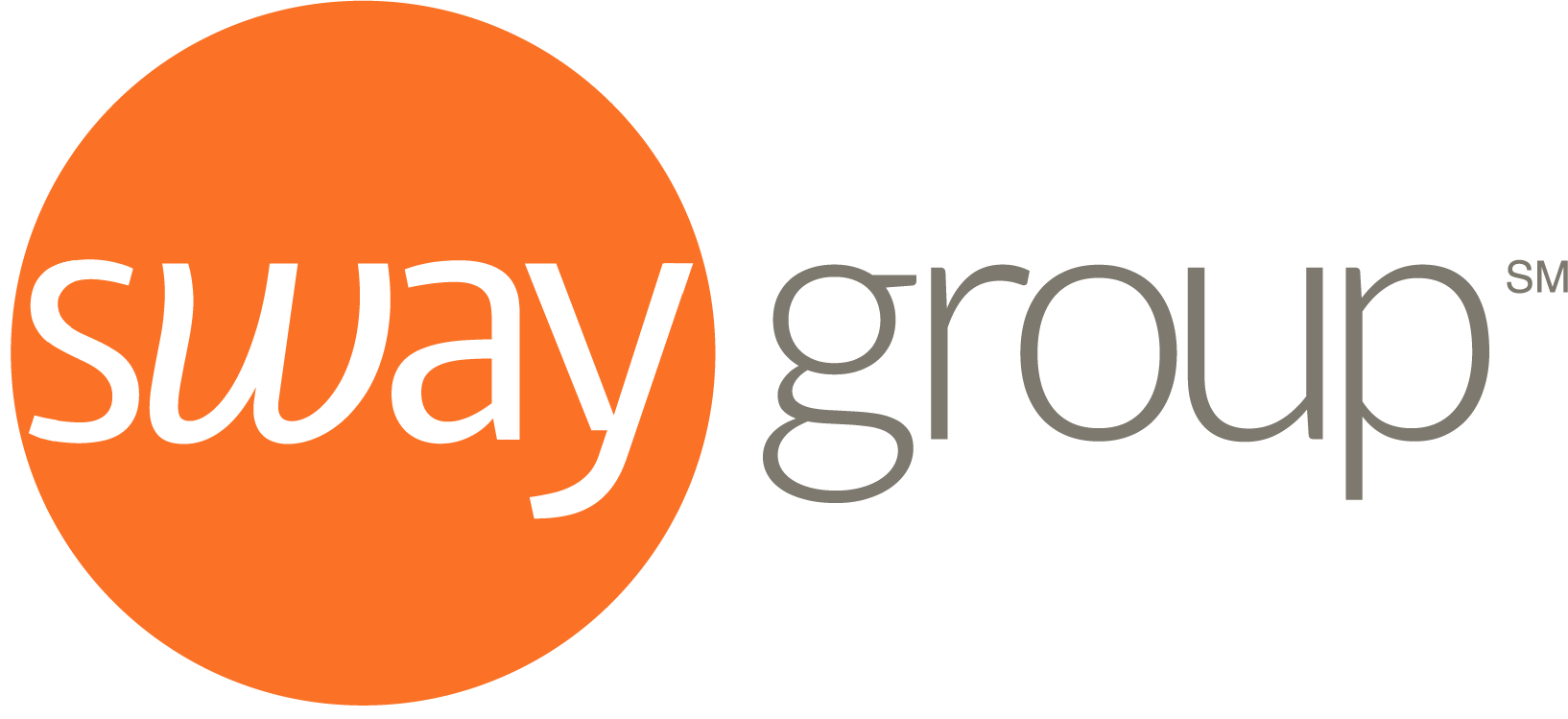We’re often asked about the issue of influencers buying followers and engagement. Ever since the media attention on this topic started (kicked off by Unilever’s 2018 crackdown announcement), we’ve heard from a number of clients that they are being contacted by software companies who are claiming that their paid influencers have fake followers. The purpose of this outreach is to convince brands to purchase ‘fraud detection tools,’ which are being marketed with incomplete and erroneous narratives about how to combat fraud.
We’re also seeing companies shift how they report on influencer campaigns with claims of reducing fraudulent content views by up to 98 percent. The problem here is one of fuzzy math. These campaigns don’t actually cut out fraudulent views; those views still exist. They simply aren’t being reported. Unfortunately, this tactic is nothing more than smoke and mirrors, designed to intimidate brands into using one network over another.
Let us be clear: no software we know of today can tell you if the accounts that follow an influencer have been purchased. And no agency can promise a reduction of fraudulent content views. Only the platforms themselves can reduce fraudulent views and the fake followers who generate them.
The reality is, if you are active at all on social media, you have fake followers, primarily via bots. When you follow a certain type of account (especially a large one), bots are programmed to automatically follow you on behalf of other accounts – many of whom are fake. For example, go follow @iamcardib and see what happens to your follower list. We’ll wait….
When you have a relatively small following or a private account it’s easy to keep your profile clean. You can easily delete fake accounts as you see them. But for an influencer with 50,000 or 500,000 followers, that task becomes a lot harder. And the platforms themselves don’t give influencers any easy way to clean up their accounts. It is all manual.
How does Sway Group handle influencer fraud and fake followers?
Our general vetting of influencers is a combination of art and science. First and foremost, we confirm that influencers match the brand’s aesthetic, are within the correct vertical, are high quality with respect to content and photography, reach the proper demographic, and adhere to the brand’s exclusivity parameters. We also vet for follower count and engagement on all relevant platforms.
Once we have a list of possible influencers, our dashboard (powered by CreatorIQ) alerts us if any influencers on a proposed list could potentially be at risk for fraudulent activity. Information from first party API data such as audience location, follower growth spikes, and engagement rate inconsistencies will be flagged for us to review. We don’t simply rely on software-detected red flags though: for instance, a spike in followers or engagement can be due to a post gaining traction or going viral, rather than purchased accounts or bots. We inquire and engage with any influencer who has been flagged, and thoroughly review their situation before including them in any proposed campaign lists.
Our hands-on, dashboard-driven process means we can ensure that we only work with influencers who are authentically growing and driving engagement within their community.
How does Sway Group choose influencers for a campaign?
We have strong relationships with our influencers and make it our mission to pair the best influencers to each program. Sway provides a personal full-service process, backed with our technology dashboard. During influencer vetting, we ask a series of questions in order to learn as much as we can about the influencers and to better understand their potential fit for a campaign. There are a number of elements that our team looks at when selecting influencers, including relevance, reach, and influence. Our experienced Influencer Management team then works to select the right influencers for each campaign, targeting ideal audience demographics based on brand KPIs.
The final word:
We believe that together, we can put pressure on social platforms to give creators greater control over their follower counts, and we can also call for them to upgrade their fraud detection abilities. We believe that through the diligent vetting of influencers, which requires both data and human interaction, our clients can be very secure that influencers are reaching their key consumers. Finally, we know that there are some influencers who are purchasing followers – there are dishonest people in every industry. But, we truly believe that the vast majority of influencers (especially those we work with) are hard-working individuals, dedicated to their pursuit of success through legitimate means.

